Networks AND Wifi
Weak wifi signal or dead spots?
You don’t have to put up with it! Every “Techy” knows that a strong, solid network is the key to a successful system. Just like the foundation of your home, your network acts as a foundation for all of your technology. A robust network is essential to the seamless operation of automation & control systems specifically, but these days even “low tech” homes need a solid network for the smart TVs, phones, tablets, cameras, printers, and other devices within. As technology continues to improve and new devices can be added to a network, more and more homes will soon require a sizable network just to support their various devices.
Networks explained
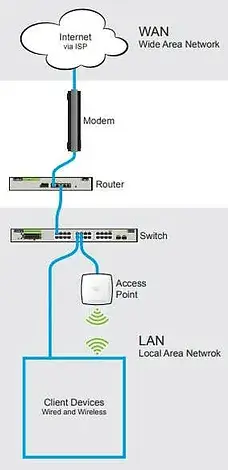
- Modem: This is your gateway to the world-wide-web. No modem = no internet surfing.
- Router: Manages the flow of data from device-to-device and device-to-internet.
- Network Switch: Added to networks when more devices need plugged into the router than there are ports available. Plugging in the equipment bypasses the use of wifi for a more reliable connection, leaving more wifi space for mobile devices.
- Access Point: Access Points (AP’s/WAP’s) broadcast the wifi signal. “Dead spots” happen if the AP is under-powered, or there aren’t enough of them to cover the area.
- Access Point Controller: Utilized when multiple access points are needed to cover an area. This works like an air traffic controller, maximizing connection efficiency as the mobile devices move between access point zones.
- Rack: The versatile, metal enclosures with shelves to house and organize network components. Other media or control equipment can be included to create a central connection hub for the home.
All networks are not created equally
Many internet service providers (ISP’s) rent out 3-in-1 combination boxes that include a modem for the internet, a router to manage the devices/data, and an access point to distribute the wifi signal. This works just fine for some families, though that number is shrinking as the number of connected devices and data usage increases. Not to mention that the rental boxes tend to be under-powered, so if you have a sprawling layout, the chances of end-to-end coverage are slim to none.
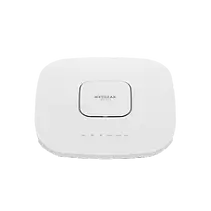
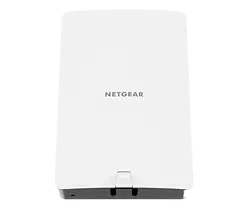
When your ISP’s rental box doesn’t cut it, we save the day with NETGEAR’s professional networking equipment. We can break out the pieces individually based on your network needs and integrate the equipment accordingly. ISP equipment can typically manage around 30 devices, which sounds like plenty until you start adding up all the devices connected to wifi. A NETGEAR network, on the other hand, can handle hundreds, so there is plenty of room to grow.
Mesh networks
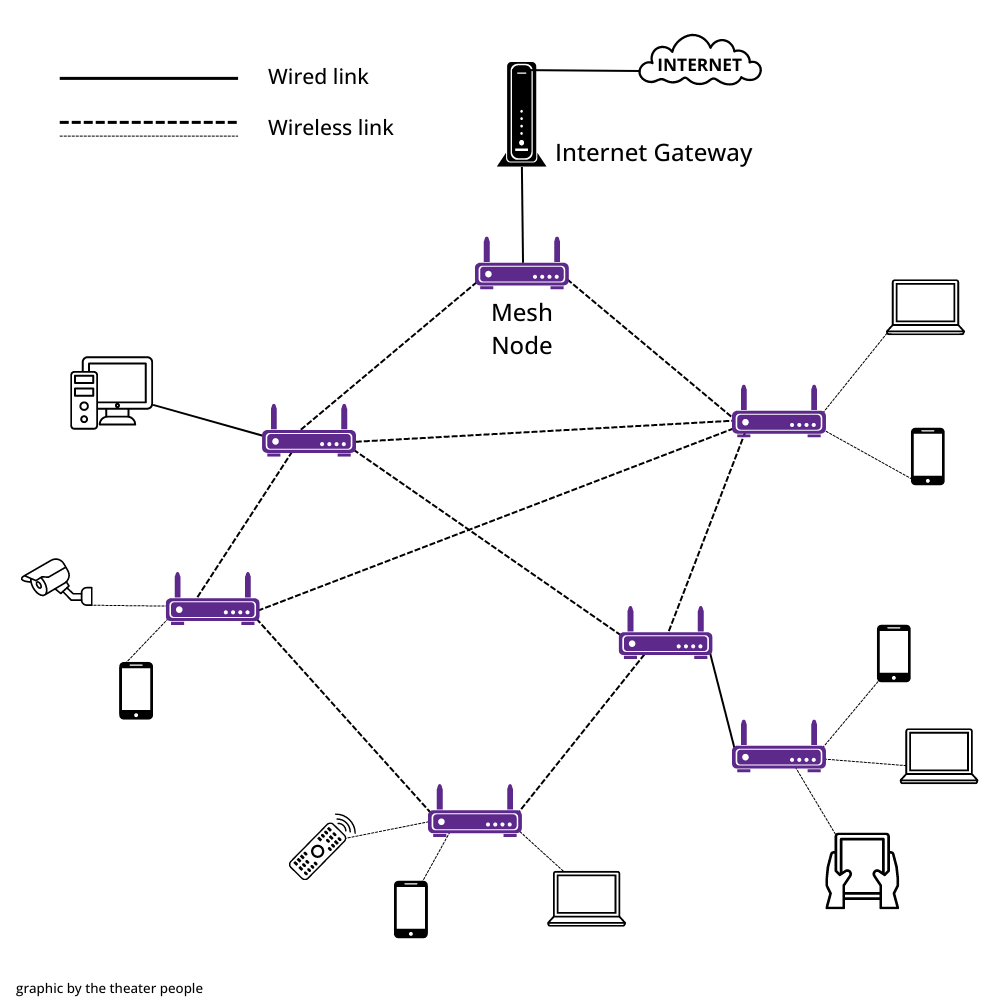
Traditional vs mesh: what's the difference?
In a traditional network (shown above) the router calls the shots and directs the flow of data. With that type of setup, the data flows in a linear pattern, always passing through the router before being distributed to devices, like your phone. Any additional wifi range extenders or access points to increase the network coverage can only communicate with the router, and not with each other. In traditional networks, the router is very much the “central brain” of the system.
That is not necessarily the case with a mesh network. Mesh networks don’t have a single, main brain making the decisions like in a traditional network setup. Instead, each node can act as it’s own little router, which creates a collection of “brains” spread out around the house. Each node can talk to the other nodes in the network, so they collectively determine the best route for the data to travel, then lets the data leap from node to node to reach the final destination.
Pros and cons of a mesh network
Sounds pretty great, right? So why do we still bother with traditional networks? Well, while mesh networks are certainly perfect for some situations, they aren’t ideal for others. These are some of the common benefits and drawbacks to mesh networks:
Pros:
- Install as many nodes as you need to receive customized coverage, even for large or uniquely shaped homes and businesses
- Since you don’t have to run data lines, adding a node to increase the coverage area is fast and easy, with highly versatile placement options
- With each node receiving and transmitting data, there are back-ups and copies of the data already in place, should any errors happen
- Mesh systems are resilient, so if there is a problem with a node, the data will be rerouted through a different node in the home, preventing the whole network from coming to a screeching halt
Cons:
- Every time the data leaps between nodes you lose a little bit of speed. The more nodes the data needs to go through, the more time is needed for the data transmission
- Each node is performing the computing capabilities of a router, so mesh networks use more energy than traditional networks
- The range of each node is smaller than that of most traditional routers, so more nodes will be required to cover larger spaces
- Mesh network ecosystems typically don’t play nice with other brands, so once you invest in one system, you are obligated to continue using those products
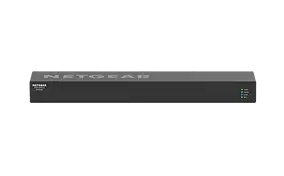
Overall, even if mesh networks seem like the greatest thing since sliced bread, it’s still possible to get better performance from traditional, professional-grade routers like ours from NETGEAR. If you live alone, are big into gaming, or prefer to stream your content in high-speed 4K, there are still some good reasons to consider a traditional router, which are better than ever thanks to low costs, high speeds and robust specs.
We are happy to discuss your network needs to determine the best system for your home or business.
Every client has a different situation and set up, so each networking project is custom-designed to suit their needs. Whether it is installing an outdoor access point for backyard wifi, or doing a full overhaul of the network and equipment, The Theater People can make sure your home or office is operating at its best.
WIFI 6 VS. WIFI 6E VS. WIFI 7
Chart from FS.com
WiFi type
Launch date
Bands
Channel size
Compatability
Features
WiFi 6
2019
2.4 GHz, 5 GHz
20, 40, 80, 80+80, 160 MHz
WiFi 6E
2021
2.4 GHz, 5 GHz, 6 GHz
20, 40, 80, 80+80, 160 MHz
Includes all features of Wi-Fi 6;
Expansive 6 GHz band capacity;
160 MHz channels to achieve a higher rate;
Immune to microwave interference.
WiFi 7
2024
2.4 GHz, 5 GHz, 6 GHz
Backward compatible with Wi-Fi 6E and earlier Wi-Fi standards.
Includes all features of Wi-Fi 6E;
4.8× faster speed, up to 46 Gbps;
Up to 320 MHz on 6 GHz;
20% higher theoretical transmission rates;
Multi-link operation (MLO) for aggregating channels.
Which one is for me?
Most homes and businesses with thrive with WiFi 6. The kinks are ironed out and the hardware is widely available. If you’re really needing that 6 GHz band or are running internet through a highly congested area (school, airport, large corporate building, etc.) the upgrade to WiFi 6E would be worth it. If you’re needing what WiFi 6E offers, but need even more capacity and faster speeds, have a large IT budget, and want to be ready for the inevitability of WiFi 7 being the standard, then the upgrade to 7 is for you.
